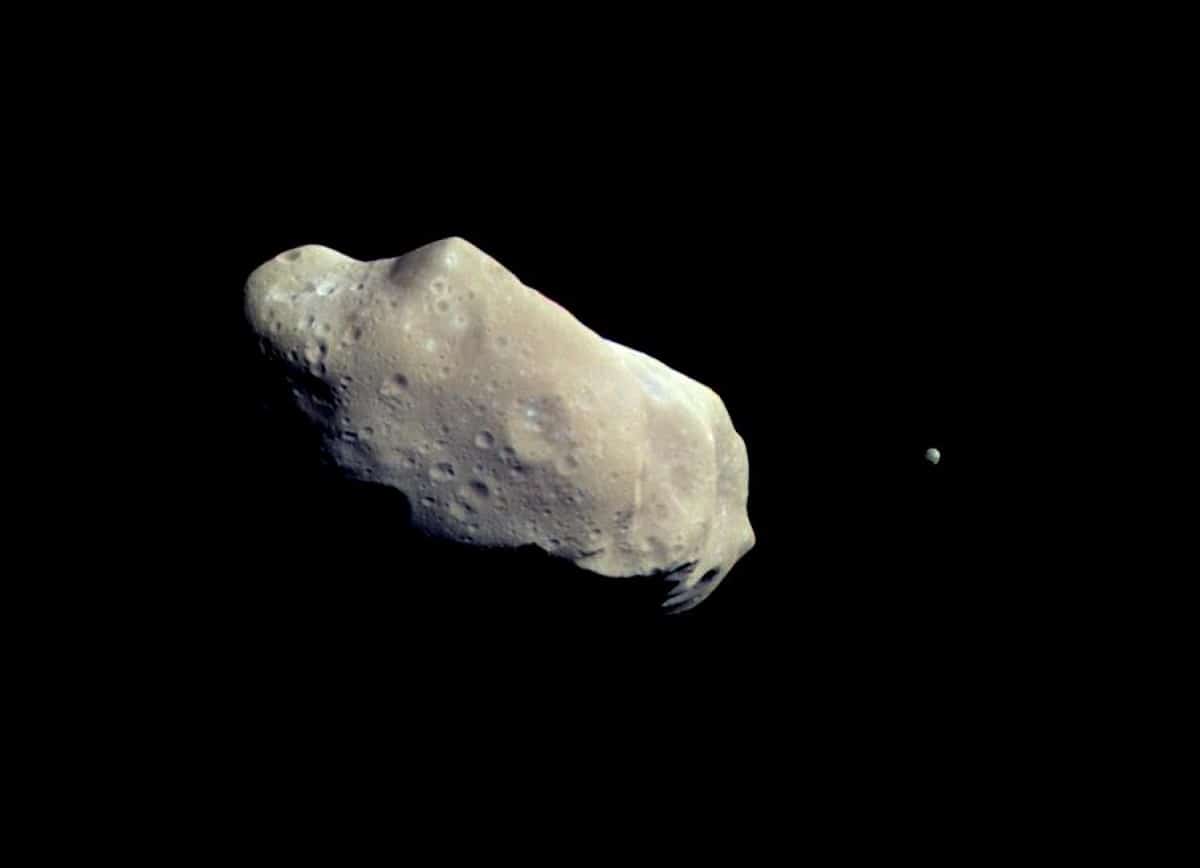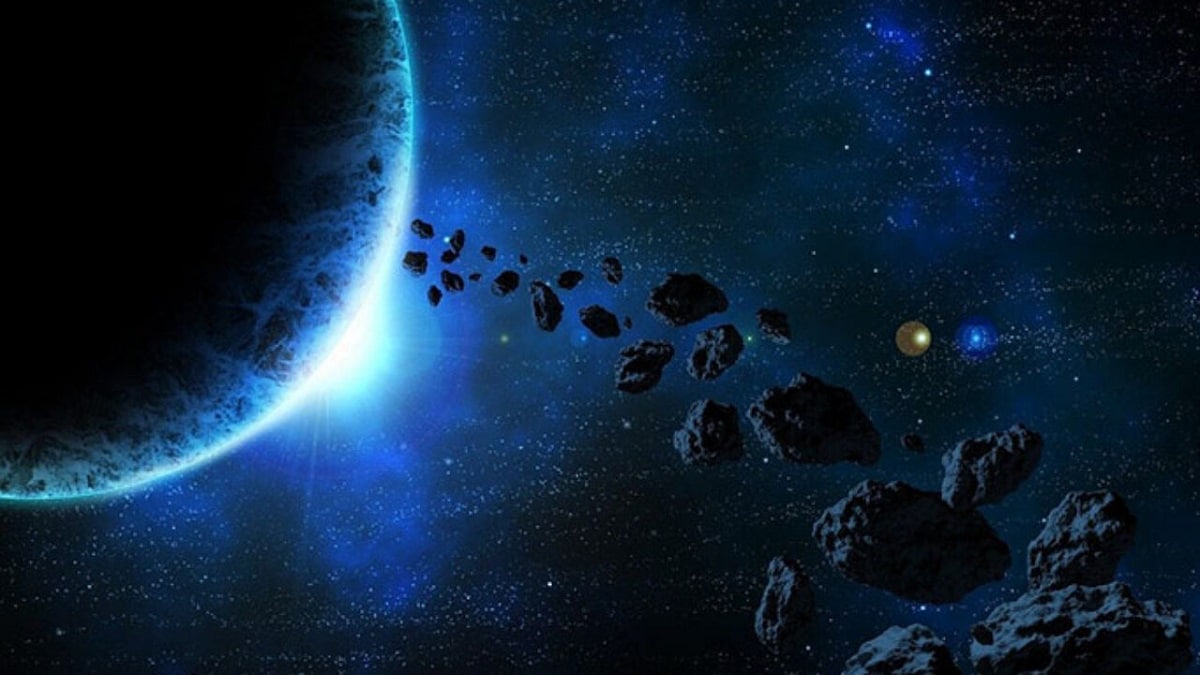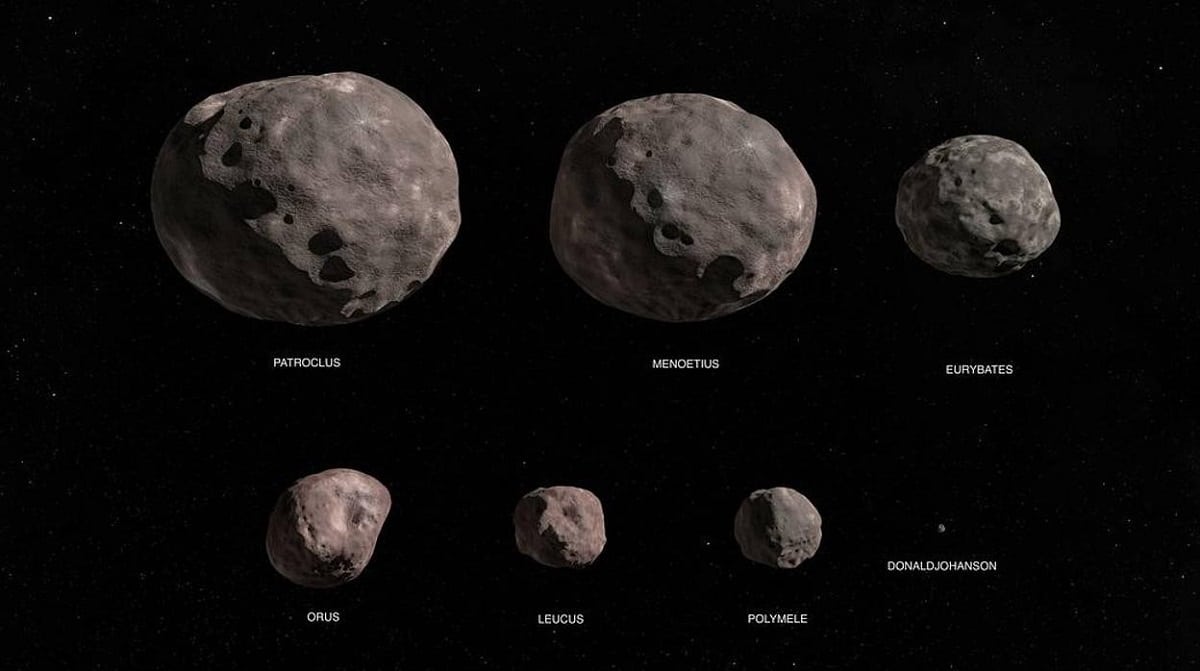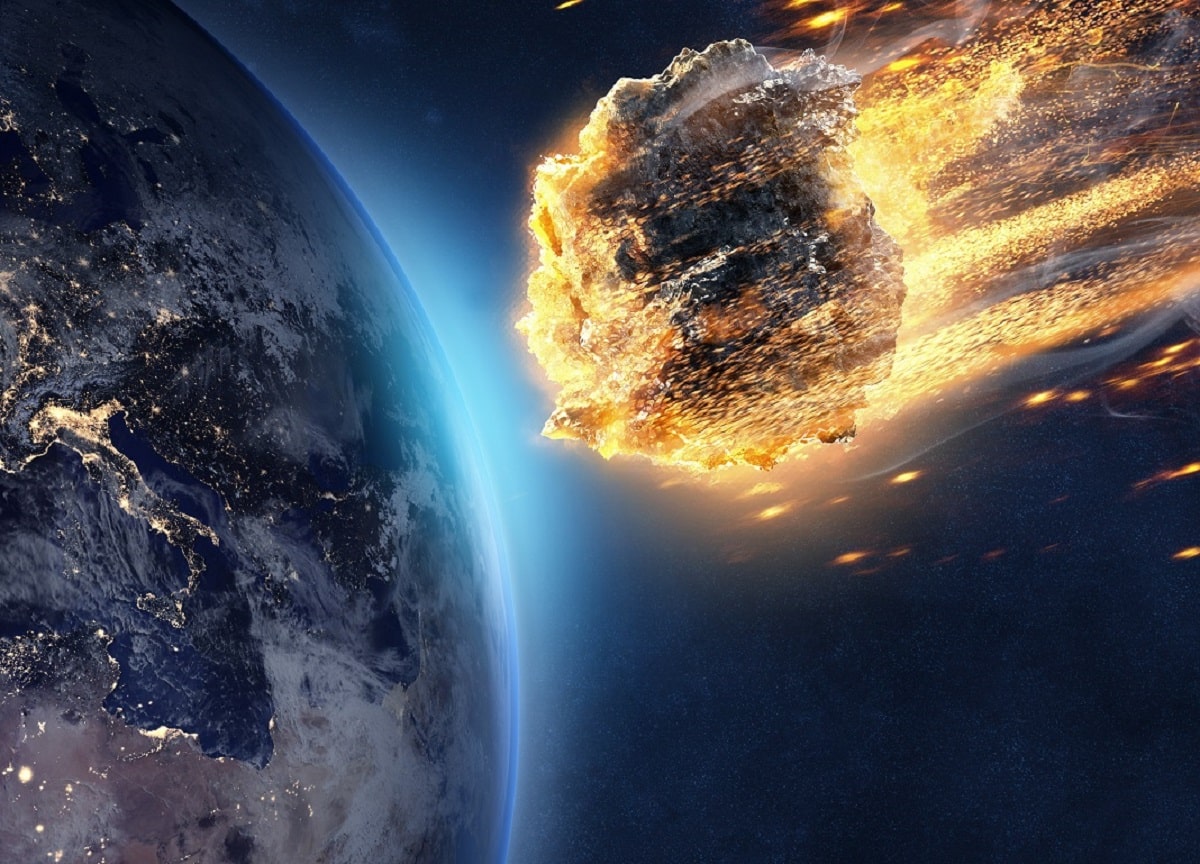
In astronomy, meteorites and asteroids are mentioned many times. Many people have doubts about what the difference between them and what are asteroids Really. To fully understand all the characteristics of our solar system, it is necessary to know what asteroids are.
For this reason, we are going to dedicate this article to tell you what asteroids are, what their characteristics, origin and danger are.
What are asteroids

Asteroids are space rocks that are much smaller than planets and orbit the sun in elliptical orbits with millions of asteroids, most of them in the so-called "asteroid belt". The rest are distributed in the orbits of other planets in the solar system, including Earth.
Asteroids are the subject of constant research due to their proximity to Earth. Despite the fact that they have reached our planet in the distant past, the probability of impact is very low. In fact, many scientists attribute the disappearance of the dinosaurs to the impact of an asteroid.
The name asteroid comes from the Greek word meaning "star figure," referring to their appearance because they look like stars when viewed through a telescope on Earth. During most of the XNUMXth century, asteroids were called "planetoids" or "dwarf planets."
Some crashed on our planet. When they enter the atmosphere, they light up and become meteors. The largest asteroids are sometimes called asteroids. Some people have partners. The largest asteroid is Ceres, almost 1.000 kilometers in diameter. In 2006, the International Astronomical Union (IAU) defined it as a dwarf planet like Pluto. Then Vesta and Pallas, 525 km. Sixteen have been found over 240 km, and many smaller ones.
The combined mass of all the asteroids in the solar system is much less than that of the moon. The largest objects are roughly spherical, but objects less than 160 miles in diameter have elongated, irregular shapes. Most people they need between 5 and 20 hours to complete one revolution on the shaft.
Few scientists think of asteroids as remnants of destroyed planets. Most likely, they occupy a place in the solar system where a sizable planet could have formed, not due to Jupiter's destructive influence.
From
The hypothesis holds that asteroids are the remains of clouds of gas and dust that condensed when the Sun and Earth formed about five million years ago. Some of the material from that cloud gathered in the center, forming a core that created the sun.
The rest of the material surrounds the new nucleus, forming fragments of different sizes called "asteroids". These come from parts of matter that they are not incorporated into the sun or the planets of the solar system.
type of asteroids

Asteroids are divided into three groups based on their location and type of grouping:
- Asteroids in the belt. They are those found in space orbits or bordering between Mars and Jupiter. This belt contains most of those in the solar system.
- Centaur asteroid. They orbit in the limits between Jupiter or Saturn and between Uranus or Neptune, respectively.
- trojan asteroid. They are those that share planetary orbits but that generally do not make a difference.
Those closest to our planet are divided into three categories:
- Asteroids Love. They are the ones that pass through the orbit of Mars.
- Apollo Asteroids. Those that cross the Earth's orbit are therefore a relative threat (although the risk of impact is low).
- Aten asteroids. Those parts that pass through the Earth's orbit.
Key features

Asteroids are characterized by very weak gravity, which prevents them from being perfectly spherical. Their diameter can vary from a few meters to hundreds of kilometers.
They are composed of metals and rocks (clay, silicate rock and nickel-iron) in proportions that can vary according to each type of celestial body. They have no atmosphere and some have at least one moon.
From Earth's surface, asteroids appear to be tiny points of light like stars. Due to its small size and great distance from Earth, his knowledge is based on astrometry and radiometry, light curves and absorption spectroscopy (astronomical calculations that allow us to understand much of the solar system).
What asteroids and comets have in common is that they are both celestial bodies that orbit the sun, often take unusual paths (such as approach the sun or other planets), and are the remnants of the material that formed the solar system.
However, they differ in that comets are made of dust and gas, as well as grains of ice. Comets are known for the tails or trails they leave behind, although they don't always leave trails.
As they contain ice, their state and appearance will vary depending on their distance from the sun: they will be very cold and dark when they are far from the sun, or they will warm up and expel dust and gas (hence the origin of the contrail). Close to the sun Comets are thought to have deposited water and other organic compounds on Earth when it first formed.
There are two types of kites:
- short period. Comets that take less than 200 years to go around the sun.
- long period Comets that form long and unpredictable orbits. They can take up to 30 million years to complete one orbit around the sun.
Asteroid belt
The asteroid belt consists of a union or approximation of several celestial bodies distributed in the form of a ring (or belt), located between the limits of Mars and Jupiter. It is estimated that it has about two hundred large asteroids (one hundred kilometers in diameter) and almost a million small asteroids (one kilometer in diameter). Due to the size of the asteroid, four were identified as prominent:
- Ceres. It is the largest in the belt and the only one that comes very close to being considered a planet due to its fairly well-defined spherical shape.
- Vesta. It is the second largest asteroid in the belt and the most massive and dense asteroid. Its shape is a flat sphere.
- Pallas. It is the third largest of the belts and has a slightly inclined track, which is special for its size.
- Hygia. It is the fourth largest in the belt, with a diameter of four hundred kilometers. Its surface is dark and difficult to read.
I hope that with this information you can learn more about what asteroids are and their characteristics.